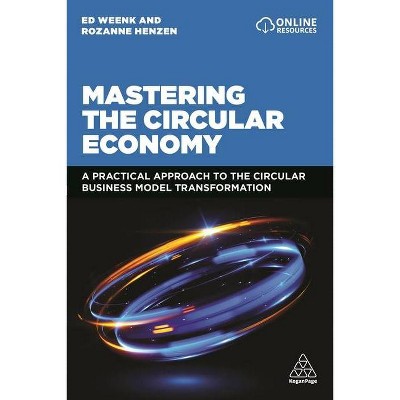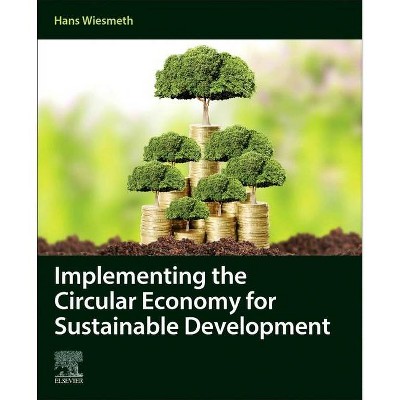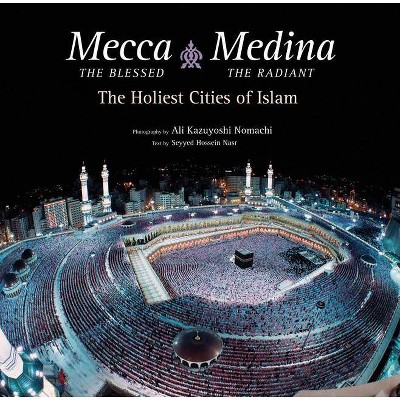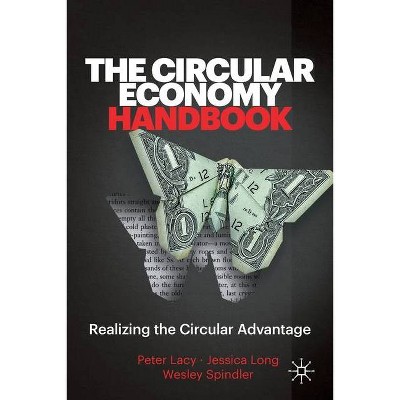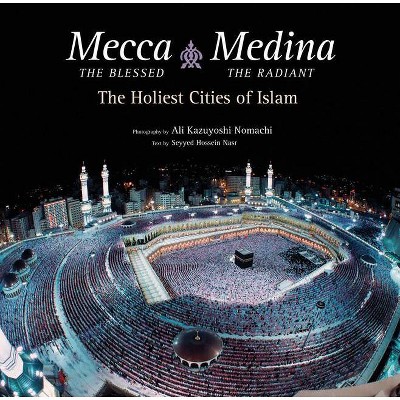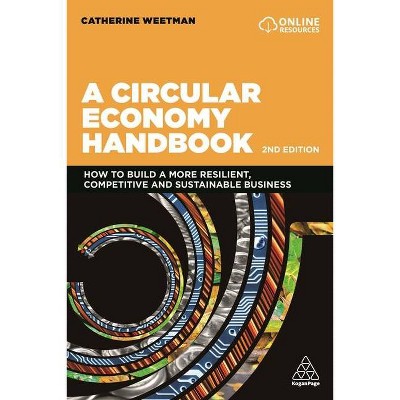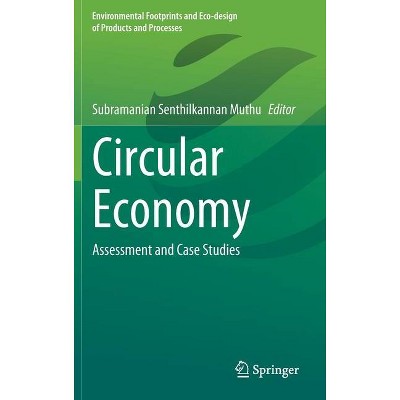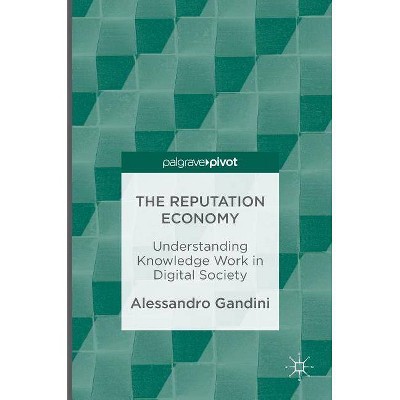Remanufacturing in the Circular Economy - by Nabil Nasr (Hardcover)
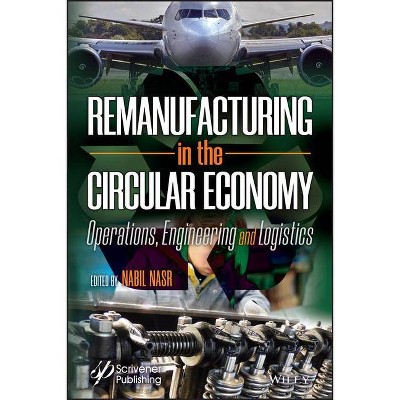
Similar Products
Products of same category from the store
AllProduct info
<p/><br></br><p><b> About the Book </b></p></br></br>"Economic growth and rising levels of consumption in developing and developed countries has been observed as being deeply coupled with natural resource usage and material consumption. The increasing need for natural resources has raised concerns regarding issues such as resource scarcity, undesirable environmental impacts due to material extraction, primary production, and suboptimal product disposal, and social or political tensions. Product End-of-Life (EoL) options, such as reusing or recycling, attempt to limit or reduce the amount of waste sent to a landfill, providing strategic means to decouple the link between economic growth and resource usage. These EoL options have the potential to close material loops, further utilizing wastes as resources, reducing environmental impacts, conserving natural resources, reducing material prices, and providing job opportunities in developing countries. Remanufacturing, on the other hand, is a unique EoL option due to increasing the number of life cycles of a product before final disposal. First, recurring environmental benefits, such as emission and raw material extraction avoidance are obtained with each additional product life cycle. Second, individual resource efficiency yields increase through product remanufacture. Resource efficiency or, using more with less will continue to compound with each additional life cycle. Third, recirculating products decreases the demand and dependency for primary resource production, further closing the material loop and creating a more circular economy. In addition, remanufacturing can initiate more preferable EoL options such as recovery, recycling, and waste reduction. While remanufacturing offers numerous benefits, there is significant lack of literature and books covering the fundamentals of operations, technologies and business models. The proposed book will provide in-depth coverage of remanufacturing fundamentals and its strong link to circular economy and resource efficiency"--<p/><br></br><p><b> Book Synopsis </b></p></br></br><p>Economic growth and rising levels of consumption in developing and developed countries has been observed as being deeply coupled with natural resource usage and material consumption. The increasing need for natural resources has raised concerns regarding issues such as resource scarcity, undesirable environmental impacts due to material extraction, primary production, and suboptimal product disposal, and social or political tensions. Product End-of-Life (EoL) options, such as reusing or recycling, attempt to limit or reduce the amount of waste sent to a landfill, providing strategic means to decouple the link between economic growth and resource usage. These EoL options have the potential to close material loops, further utilizing wastes as resources, reducing environmental impacts, conserving natural resources, reducing material prices, and providing job opportunities in developing countries.<br /><br />Remanufacturing, on the other hand, is a unique EoL option due to increasing the number of life cycles of a product before final disposal. First, recurring environmental benefits, such as emission and raw material extraction avoidance are obtained with each additional product life cycle. Second, individual resource efficiency yields increase through product remanufacture. Resource efficiency or, using more with less will continue to compound with each additional life cycle. Third, recirculating products decreases the demand and dependency for primary resource production, further closing the material loop and creating a more circular economy. In addition, remanufacturing can initiate more preferable EoL options such as recovery, recycling, and waste reduction.</p> <p>While remanufacturing offers numerous benefits, there is significant lack of literature and books covering the fundamentals of operations, technologies and business models. The proposed book will provide in-depth coverage of remanufacturing fundamentals and its strong link to circular economy and resource efficiency.</p> <p><br /><br /></p><p/><br></br><p><b> From the Back Cover </b></p></br></br><p><b>Uniquely presents remanufacturing fundamentals to a wide audience in an accessible, useful way</b> <p>Remanufacturing is an industrial process that restores used, worn and retired products or modules to a like-new condition. The restoration is typically a highly engineered process done in an industrial setting through which products are systematically disassembled, cleaned, and inspected for wear and degradation. Damaged or degraded components are either restored to their original specifications or replaced, feature upgrades can be incorporated, and the product is reassembled. Finally, reliability and quality testing are performed to ensure that performance meets original product specifications. <p>Remanufacturing is a unique End-of-Life (EoL) option due to increasing the number of life cycles of a product before final disposal. First, recurring environmental benefits, such as emission and raw material extraction avoidance are obtained with each additional product life cycle. Second, individual resource efficiency yields increase through product remanufacture. Third, recirculating products decreases the demand and dependency for primary resource production, further closing the material loop and creating a more circular economy. In addition, remanufacturing can initiate more preferable EoL options such as recovery, recycling, and waste reduction. <p>While remanufacturing offers numerous benefits, there is significant lack of literature and books covering the fundamentals of operations, technologies and business models. <i>Remanufacturing in the Circular Economy</i> provides an in-depth coverage of remanufacturing fundamentals and its strong link to circular economy and resource efficiency. <p><b>This groundbreaking book has the following attributes: </b> <ul> <li>First book ever to address remanufacturing fundamentals in an integrated and scientific fashion</li> <li>Strong coverage of the role of remanufacturing in a circular economy system</li> <li>Diverse topics including design, business models, and trade and policy challenges</li> <li>Focuses on cross cutting topics relating to all industry sectors</li> </ul> <p><b>Audience</b> <p>The book will be used by industrial and manufacturing engineers in all areas of industry (aerospace, electronics, automotive, etc.) and be of interest to policy makers and logisticians working on sustainable production, remanufacturing, and the circular economy. It can also be used on courses on circular economy and remanufacturing (business, engineering, environmental engineering, engineering technology, community college and trade schools' students).<p/><br></br><p><b> About the Author </b></p></br></br><p><b>Nabil Nasr</b> is Associate Provost for Academic Affairs and founding Director of the Golisano Institute for Sustainability at Rochester Institute of Technology (RIT). He also founded RIT's Center for Remanufacturing and Resource Recovery, a leading source of applied research and solutions in remanufacturing technologies. Nasr is also the founding Chief Executive Officer of the REMADE Institute, providing oversight of technology development as well as corporate engagement.
Price History
Cheapest price in the interval: 175 on November 8, 2021
Most expensive price in the interval: 175 on December 20, 2021
Price Archive shows prices from various stores, lets you see history and find the cheapest. There is no actual sale on the website. For all support, inquiry and suggestion messagescommunication@pricearchive.us
